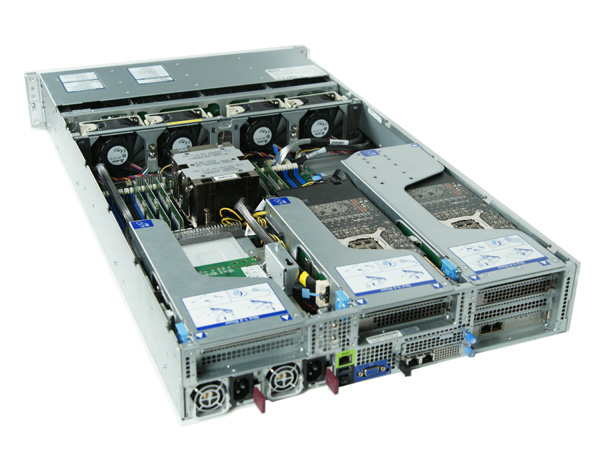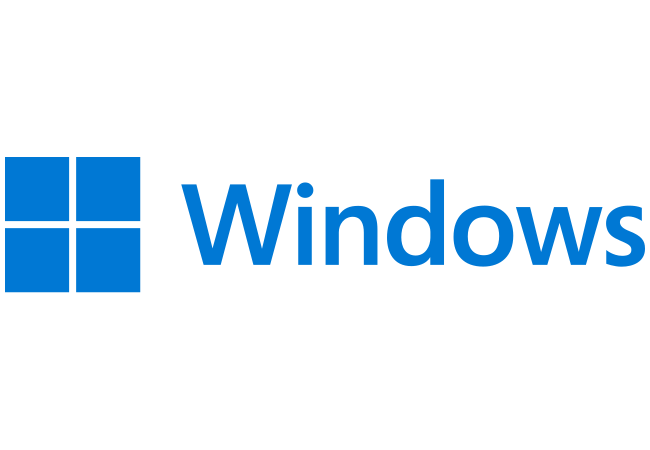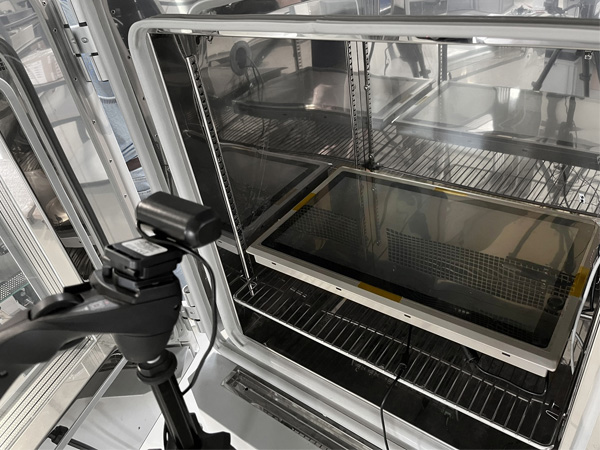Category : News by T-Pole | 7 July 2021
Intel ® Rocket Lake: what’s new
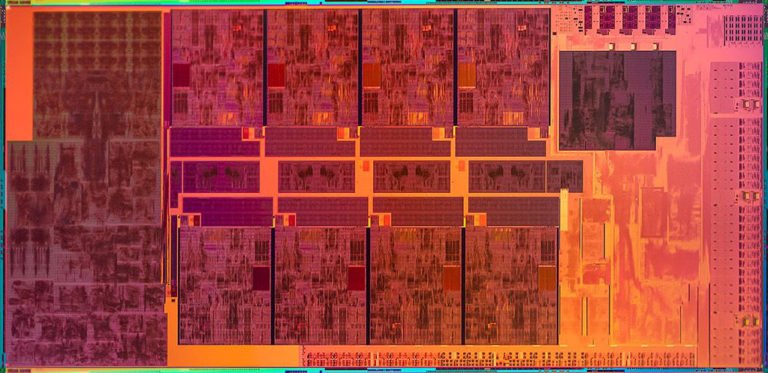
After the launch in Q3 2020 of the Tiger Lake architecture, designed to achieve excellent levels of performance per watt, it is time for Intel to update its platform dedicated to the desktop segment to the eleventh generation , introducing the Rocket Lake architecture.
This platform brings the innovations introduced by Tiger Lake to the desktop sector , but unlike the latter it is still based on the 14 nm production process .
Rocket Lake is the successor of Comet Lake, the 10th generation desktop architecture, and is characterized as a profound optimization of the design, rather than a real revolution in terms of innovations introduced .
CPU: two fewer cores, but more performance
For the first time, considering the trend of the recent past, Intel reduces the maximum number of cores integrated in the top-of-the-range solution , where it goes from 10 physical cores of the i9-10900K to 8 of the i9-11900K .
With this architecture Intel has preferred to work on design optimization rather than integrating additional cores , partly due to the 14nm manufacturing process introduced with Skylake which limits the ability to add additional features to the processor without varying the size of the die, in part to maintain compatibility with the LGA-1200 socket introduced with the 10th generation platform.
The optimization of the core design has resulted in an increase in IPC (Instructions per clock) of 19% . According to our synthetic benchmarks we got an average increase of 11% , which is remarkable, considering that, except for the i9 series, all the other product ranges feature the same number of cores of the related previous generation processors and have comparable working frequencies. In this way the increase in IPC has a tangible and directly quantifiable impact on the absolute performance of the new processors compared to the previous generation counterparts .
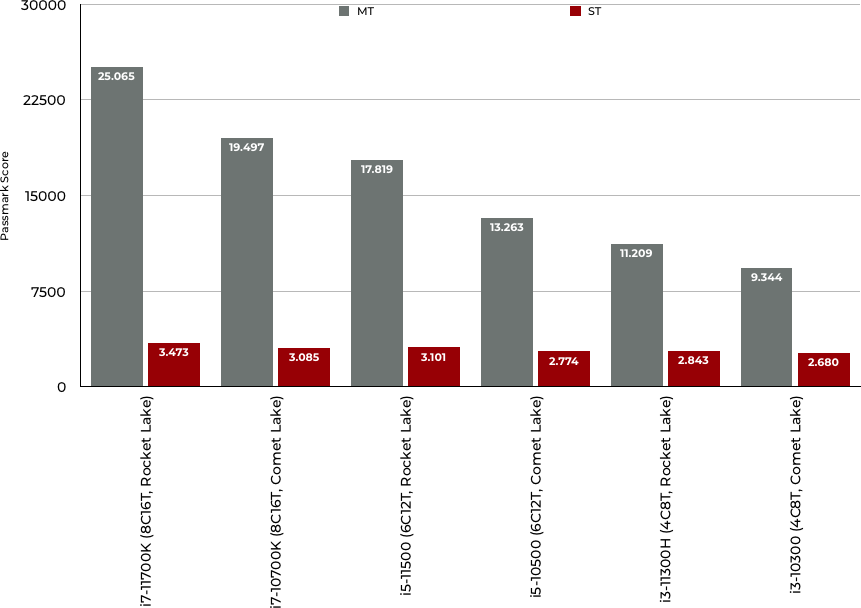
In any case, if we consider the 10th and 11th generation top-of-the-range i9 proposals, we can see that the new proposal, while integrating 2 fewer physical cores and being able to execute four fewer logical threads, turns out to be faster than previous offer with both single-threaded loads (+ 10%) and multi-threaded loads (+ 7%) . In this case the higher IPC compensates for the hardware limitation and also the slightly lower TurboBoost clock (-100 MHz).
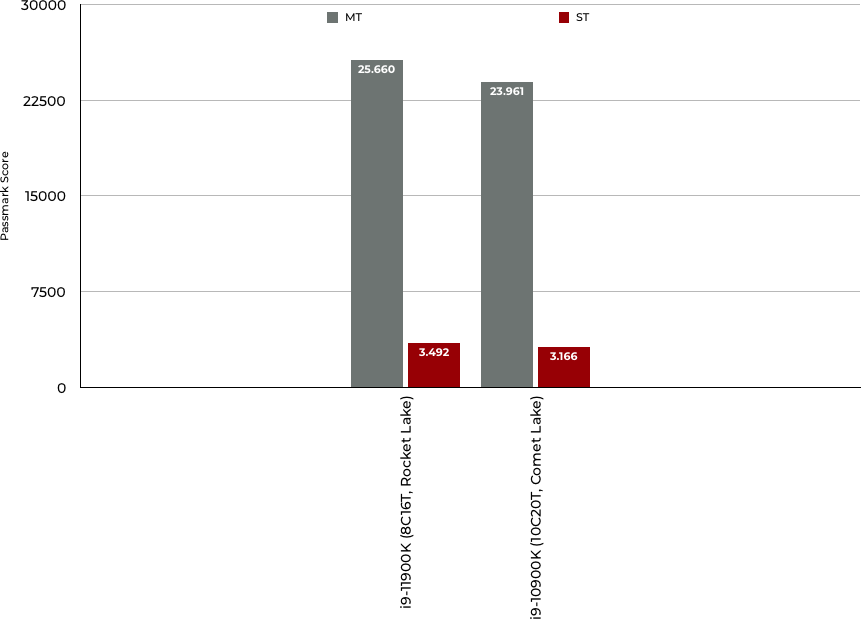
GPU: Introducing Iris Xe
As already happened on Tiger Lake, the new Iris Xe graphics architecture is also introduced on the desktop range , completely redesigned with respect to the Intel HD Graphics architecture initially introduced in 2010 and which accompanied the processors of the Core series up to Comet Lake.
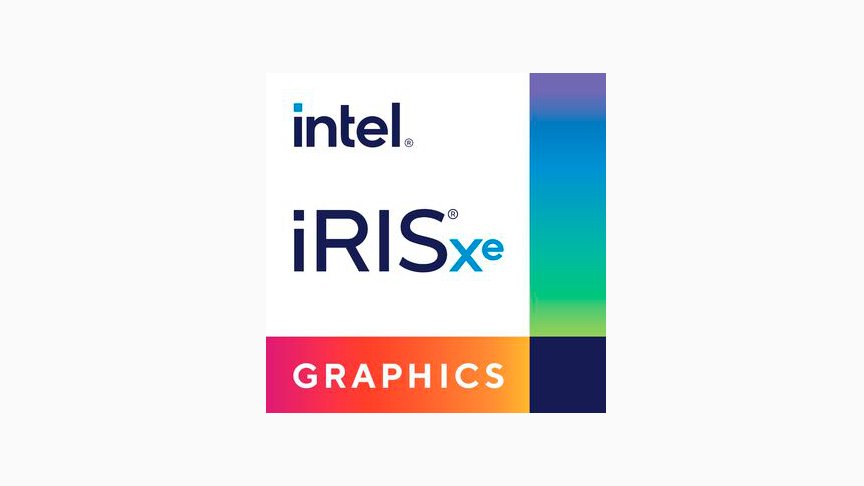
In this case, unlike the embedded GPUs on Tiger Lake SoCs whicj features up to 96 EU (Execution Unit), they opted for a simpler solution with only 32 EU , mainly for two reasons.
First of all, the two architectures are aimed at different application targets. From a SoC-based design balanced performance between the CPU and GPU component are expected and often the integrated GPU component is the only option available. In most cases, when a solution is designed using a desktop architecture and it is necessary to run complex tasks using GPUs, CPU is flanked by a discrete GPU and the integrated solution is either used as a backup or to provide basic video output functionality..
Secondly, a smaller GPU component allows more space on the die to be left for the CPU cores . In fact, the GPU component on Rocket Lake occupies only 20% of the total area available.
The new UHD Graphics 750 Gen 12 graphics solution based on Iris Xe is between the 40% and 50% more powerful than the UHD Graphics 630 Gen 11 available in Comet Lake architecture .
Platform and expansions
At the platform level the new processors maintain compatibility with the LGA-1200 socket but the new 500 series chipset family is introduced to enrich the expansion options.
Also CPUs now support DDR4-3200 MHz RAM memory and provide 20 PCIe Gen4 lanes .
How to take advantage of the new platform?
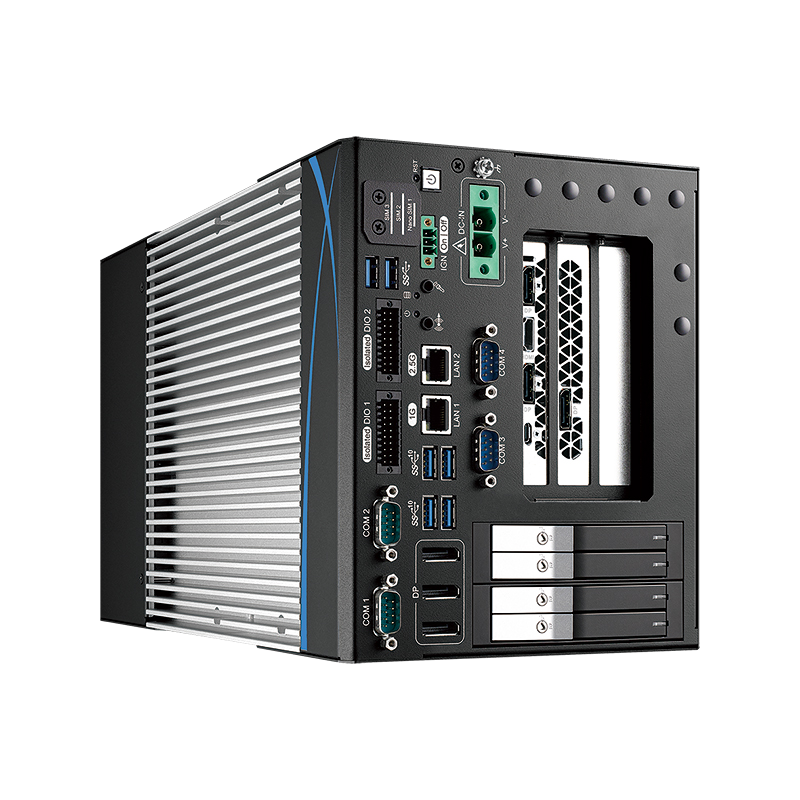
One of the first products based on the Rocket Lake architecture is Vecow’s RCX-2000 series .
This GPU Computing solution features the workstation-class W580 chipset, which allows the use of Xeon and Core processors , and supports a single full size discrete GPU (10.5 “) with up to 3 slots design, being able to guarantee an auxiliary power budget up to 750W .

The solution, as per Vecow tradition, has a rich set of expansions and doors , including:
- 6 USB 3.2 (10GB/s) ports
- 2 RJ-45 Ports (1 2.5 Gbit Ethernet port, 1 Gbit Ethernet port )
- 3 DP ports
- 4 RS-232/422/485 ports
- 32 Isoalted DIO (16 Inputs / 16 Outputs)
- 4 Hot-Swappable HDD trays SATA3 (6GBps)
The PC supports 9-55V DC power supply and features a software configurable Ignition system .
